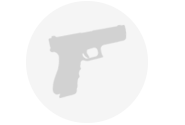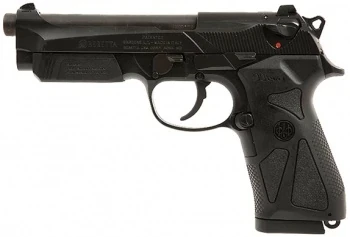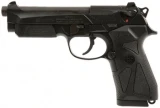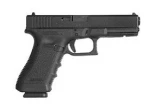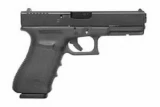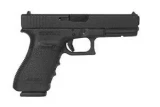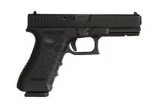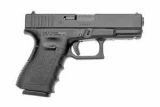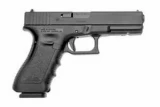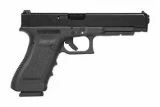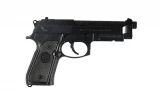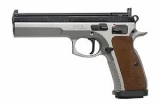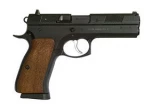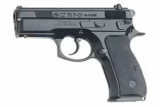8mm Nambu Ammo vs Beretta 90-TWO
Put handguns head to head to compare caliber and more.
|
$0.00
|
vs |
$409.85
|
| Handguns | 8mm Nambu Ammo | Beretta 90-TWO |
|---|---|---|
| Summary | ||
| Rating | ||
| Rank | ||
| Action | Double Action | |
| Caliber | 9x19mm Parabellum | |
| Capacity | 17+1 | |
| Sights | Night Sights | |
| Barrel Length | 4.9" | |
| Finish | Black | |
| Gun Type | Pistol | |
| Details | ||
| Brand | Beretta | |
| Reviews | N/A | See 20 Reviews |
| Prices | ||
| MSRP | $0.00 | $413.85 |
| Used Price | $0.00 | $289.70 |
| Sale Price | $0.00 | $372.47 |
Handguns Descriptions
8mm Nambu Ammo
About The .8mm Nambu Ammo is a bottlenecked, semi-rimmed cartridge created for handguns that was introduced in Imperial Japan in 1904. The .8mm Nambu Ammo was used in Type 100 submachine gun and Nambu Pistol. This cartridge was used in the Pacific and Second Sino-Japanese War. The .8mm Nambu Ammo was created with the Nambu Pistols so that the Japanese would have fallen behind other major countries that were developing stronger and better guns at a faster rate. The .8mm Nambu Ammo delivers a muzzle energy level that is half of the 9x19 Parabellum Ammo and less than the 7.62x25mm Tokarev Ammo, which was the core reason it was regarded as a cartridge with low stopping power. However, the .8mm Nambu Ammo can still create enough stopping power that it's comparable to the .380 ACP Ammo. The overall length of the .8mm Nambu Ammo is 31.56mm, and the bullet diameter measures 8.13mm. The 102-grain bullet variant of the .8mm Nambu Ammo can travel at a velocity of 1,030 feet per second while creating an energy level of 242 ft.lbf. Manufacturer The .8mm Nambu Ammo was designed and manufactured in 1904 by Kijiro Nambu in Japan. Uses The .8mm Nambu Ammo has been mainly used in Nambu pistols in Russo-Japanese, Sino-Japanese, and Pacific Wars. Other than military use, the .8mm Nambu Ammo is now a valued possession for post-war collectors.
Beretta 90-TWO
The newly designed frame of 90two pistol ensures trouble-free insertion and holster extraction, thanks to its rounded and truly snag-free surfaces. Inside the frame, near the disassembly lever, a metallic recoil buffer reduces the impact of the slide assembly against the frame during the shooting cycle. By redistributing the stresses, the recoil buffer increases the service life of the firearm. Trigger guard is also rounded to ensure, when firing with two hands, the correct positioning of the supporting hand.

